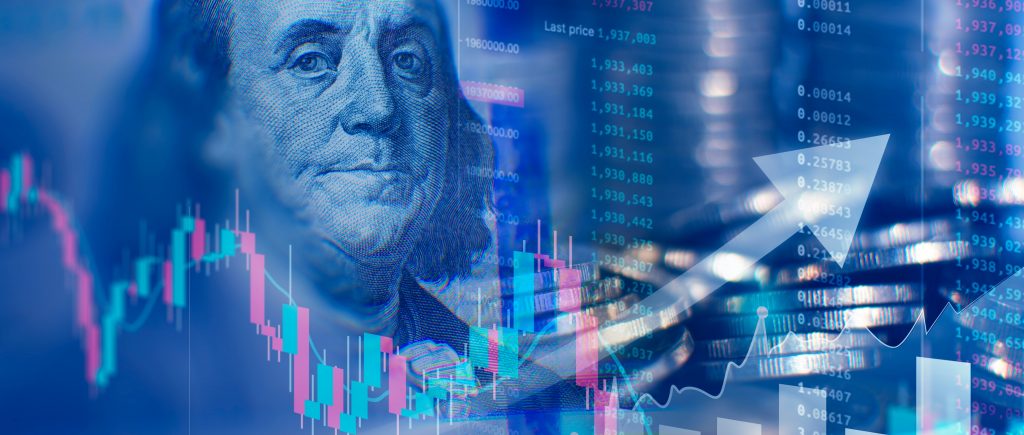The U.S. dollar slipped to its lowest level this year against the euro on Wednesday, as traders awaited crucial revisions to U.S. payrolls data later in the day and looked ahead to a significant speech by Federal Reserve Chair Jerome Powell at the end of the week.
The dollar also dipped below the key 145 yen level and hovered near its more-than-one-year low against the British pound, reached during overnight trading. The currency has been under pressure from declining U.S. bond yields, which fell to their lowest since August 5. This drop was triggered by unexpectedly soft monthly jobs figures earlier this month, which sparked recession fears.
The weak payrolls report at the start of August was a catalyst for increased volatility across asset classes, prompting market participants to brace for another potential shock with the revised data due later on Wednesday. Following the initial report, traders quickly adjusted their expectations, pricing in a 71% probability that the Fed might slash interest rates by half a percentage point at its mid-September policy meeting, according to the CME Group’s FedWatch Tool.
However, a series of stronger macroeconomic data has since shifted the odds, with traders now favoring a 72% chance of a quarter-point cut and a 28% probability of a more significant reduction.
Market participants are closely watching Powell’s keynote address on Friday at the Kansas City Fed’s Jackson Hole economic symposium. His speech will be carefully analyzed for any signals regarding the size of a potential rate cut next month and the likelihood of further rate reductions at subsequent Fed meetings.
The U.S. Dollar Index, which measures the currency against six major rivals, including the euro, sterling, and yen, edged to its lowest point since January 2, hitting 101.30 before recovering slightly to 101.48 as of 0450 GMT. The index had fallen by 0.5% or more in each of the previous three sessions.
The euro rose to $1.1132, its highest level since December 28, before easing back to $1.1118. Sterling stood at $1.3027, slightly weaker than Tuesday’s peak of $1.3054, a level last seen in July of last year.
Against the Japanese yen, the dollar experienced volatility, sagging 0.21% to 144.945 yen at one point, before recovering to trade 0.35% higher at 145.75 yen.
Traders are also keeping a close watch on a special session of Japan’s parliament on Friday, where politicians will scrutinize the Bank of Japan’s unexpected decision to raise interest rates last month and its sudden hawkish shift. BOJ Governor Kazuo Ueda is set to testify, and his tone will be closely monitored, especially after his influential deputy, Shinichi Uchida, adopted a more dovish stance earlier this month, helping to calm markets.
SMBC economist Ryota Abe anticipates that the dollar will weaken to 138 yen by the end of next year, but he believes the depreciation for 2024 may have already run its course.
 Noor Trends News, Technical Analysis, Educational Tools and Recommendations
Noor Trends News, Technical Analysis, Educational Tools and Recommendations





